Microarchitectured material that consists of small compliant unit cells that are independently controlled using piezo actuators, sensors, and microprocessors embedded within each cell.
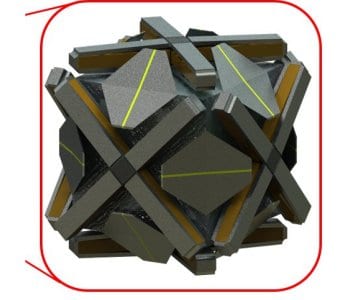

Microarchitectured material that consists of small compliant unit cells that are independently controlled using piezo actuators, sensors, and microprocessors embedded within each cell.
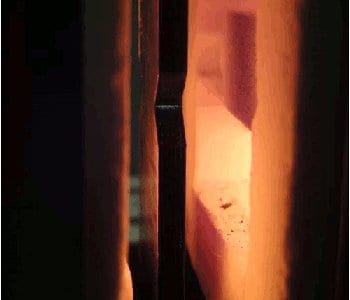
The accuracy of the Strain Energy Density averaged over a control volume approach when applied to high temperature fatigue data is investigated.
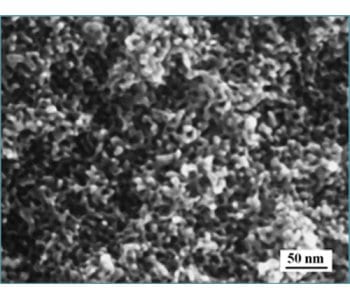
It is shown that a metallic material can become lighter and stronger, while about half of its component was removed by corrosion.
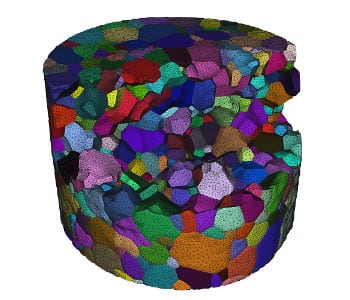
Researchers describe a methodology for coupling diffraction contrast tomography and the finite element method.
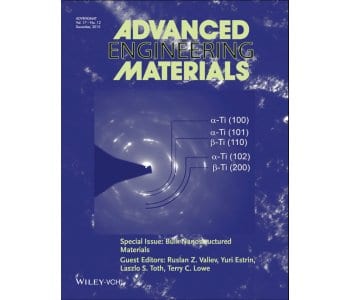
This special issue provides a representative survey of the advances in bulk-nanostructured materials and shows the diversity of applications of SPD.
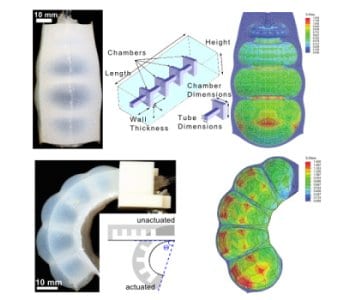
This work presents a design tool for soft pneumatic actuators using finite element method adaptable to a range of soft materials and design parameters.
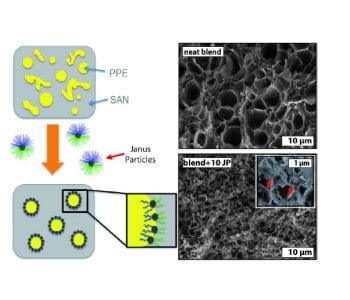
Foams with nano structured lamella and struts with remarkable properties from immiscible polymer blends compatibilized with Janus particles are developed.
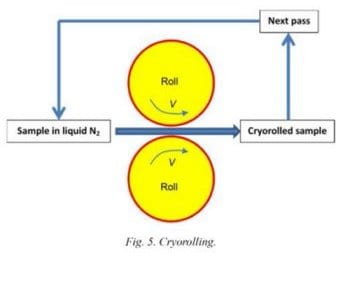
A a comprehensive review of the application of several advanced rolling techniques to UFG/NG materials (pure metals, alloys and composites) is presented.
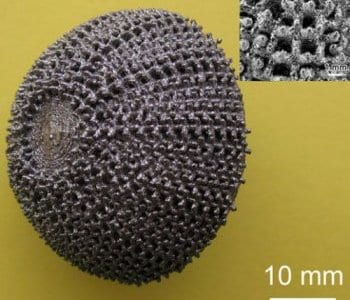
This paper reviews the recent progresses in selective laser melting of titanium alloys and titanium matrix composites for biomedical applications.
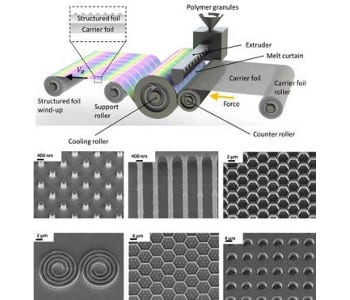
Nanostructures with typical linewidths in the range 100 – 400 nm are best replicated using semi-crystalline polymers such as polypropylene.